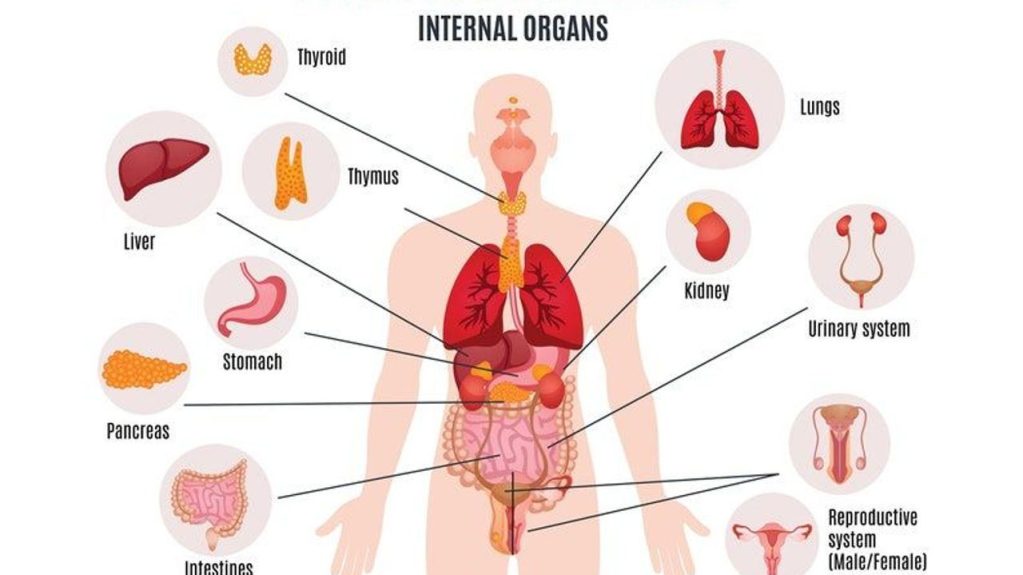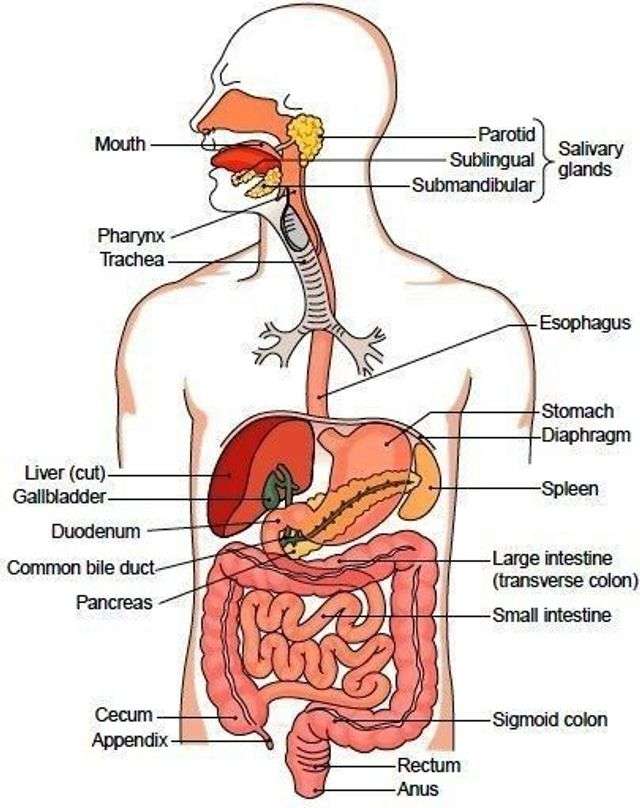All of the body’s organs perform various tasks. Organs help keep us alive by pumping blood and getting rid of waste. There are 79 recognized human organs, according to several sources. Together, these systems ensure our survival and define who we are. However, new information shows that there may be many more organs than previously thought. Some medical professionals consider the interstitium the body’s largest organ today.
What is the Smallest Organ in Our Body?
Pineal glands are the smallest human organs discovered to date. Pineal glands range in size from a grain of rice to a few millimeters and are a ruddy grey in hue. Deep inside the brain is an endocrine gland (a gland that secretes its product or hormone directly into the blood) that secretes a hormone that is essential for regulating the body’s internal clock.
Melatonin is the sole hormone released by the pineal gland; the mood neurotransmitter serotonin generates it. Its activity is light-regulated, reduced during the day and boosted in the evening as we get ready for bed. Sleep, wakefulness, and adaptation to seasonal variations are all influenced by melatonin. The pineal gland’s precise function is yet unknown. Pineal glands are said to be “the third eye” due to their historical association with clairvoyance. For a long time, people believed that the brain was the “place of the soul, where all ideas are produced,” as philosopher Rene Descartes put it.
What is the largest and smallest organ in the human body?
The skin is now the biggest known organ. It spreads throughout your whole body and accounts for around 16% of your total mass (trustworthy source). The average thickness of human skin is 2 mm.
- Your skin’s job is to shield the rest of your body from harmful elements, including bacteria, air toxins, sun UV rays, and other environmental hazards.
- Maintain a steady internal temperature
- Take in information from the senses
- Vitamin D, fat, and water storage
- The smallest organ in the human body
It was Renee Descartes who coined the phrase “Seat of the Soul” to describe the pineal gland in the brain’s midline. The pineal gland’s primary role is to sense environmental light and dark cues and use that data to regulate melatonin production and secretion.
Which organ can you live without?
Living without one lung, one kidney, one spleen, one appendix, one biliary, one set of adenoids, one set of tonsils, specific lymph nodes, the fibula bones from each leg, and six ribs is still possible. Survival rates are high after removing the uterus, ovaries, and breasts or the testes and prostate; nevertheless, hormone treatment may be necessary to prevent long-term complications, including brittle bones.
What are the 78 organs in the human body?
Tissues organized into a structure with a specific purpose make up an organ. The tissue integrates and builts to perform a particular task. The human body consists of a network of organs and tissues that spans a dozen or more interrelated systems.
You can see a complete catalog of available organs down below.
- Stress response glands
- Anus
- Appendix
- Relating to the Bladder (urinary)
- Bones
- Ears
- The Esophagus (food pipe)
- Flesh and bone (spongy part of the bone)
- Brain
- The Bronchi (tubes in the lungs)
- The Diaphragm (muscle of breathing)
- Eyes
- Tubes that carry fertilized eggs from the ovary to the fallopian sacs.
- Gallbladder
- Joints
- Kidneys
- The Duodenum
- The Voice Box (voice box)
- Liver
- Genitals
- Heart
- The Hypothalamus (in the brain)
- Lungs
- Adequate lymph nodes
- Thyroid glands
- Mesentery (covering of the intestines)
- Pharynx – the space inside the bones of the face that houses the nose
- Nose
- Ovaries
- Pancreas
- Pharynx
- Mouth
- Pituitary gland
- Prostate
- The Pineal Gland
- Glandular parathyroids
- Rectum
- Intestine small
- Spinal cord
- Spleen
- Stomach
- Teeth
- Thymus Gland
- Thyroid
- Muscles of the skeleton
- Skin
- Trachea
- Uterus
- Skeleton of a human
- Ligaments (connect muscles to bones)
- Tissues that attach to bones, called tendons (connect bones to bones)
- Plasma cells
- Tongue
- Ureters
- Urethra
- Vagina
- The salivary glands
- Bulbourethral glands
- Penis
- Hair
- Ear’s vestibular system
- Placenta
- Testes
- Nails
- Vas deferens
- Seminal vesicles
- Scrotum
- Glandular parathyroids
- Thoracic ducts
- Arteries
- Veins
- Capillaries
- Lymphatics
- The tonsils (or Waldeyer’s ring of tissues)
- Nerves
- The tissue underneath the skin
- Sense of smell epithelium (nose)
- Cerebellum
What is the most useless organ?
Most people know that the human body still has a vestigial organ called the appendix. The appendix is a tiny pouch-like tube of tissue that sticks out from the large intestine just above where the small and large intestines join. The appendix of herbivorous vertebrates is much more extensive than that of carnivorous ones, and its primary role is to help digest cellulose from the plants that the animal eats.
What body parts can grow back?
The liver may heal itself faster than any other organ. Everyone knows that liver can heal itself. Surgically divides it into halves for use in two separate transplants. It is also possible to remove a section of a living person’s liver and have the remaining liver tissue regrow to its previous size.
Which is the most sensitive organ in our body?
One of the most sensitive organs of the human body is the skin. There are reportedly 150 pain receptors in only one square centimeter of skin, along with at least 25 light touch receptors and two heat touch receptors. By way of the nervous system, the skin acts as a tissue-based communication mechanism with which the rest of the body’s organs may interact.
Conclusion
This article helped us know which human organ is the smallest and the biggest. Why are these organs necessary, and what do they accomplish? The material form of a human being is made up of cells and their surrounding extracellular matrix and structured into organs and systems.

